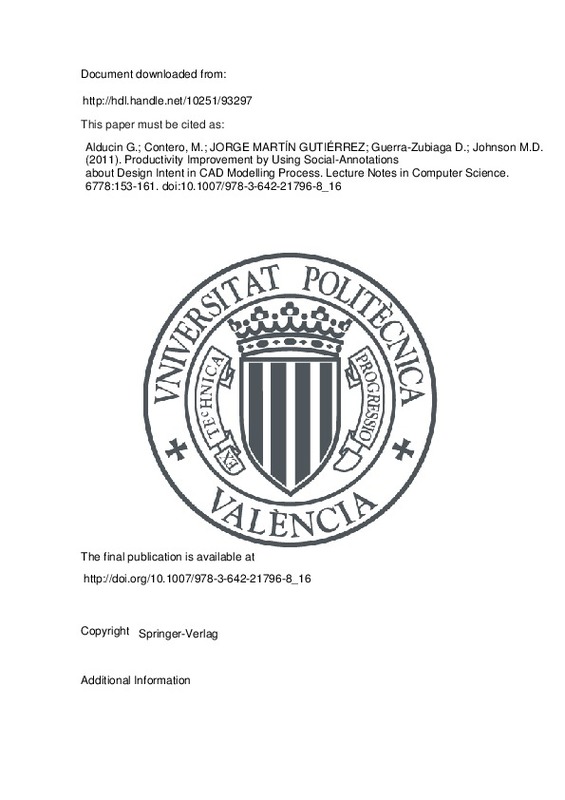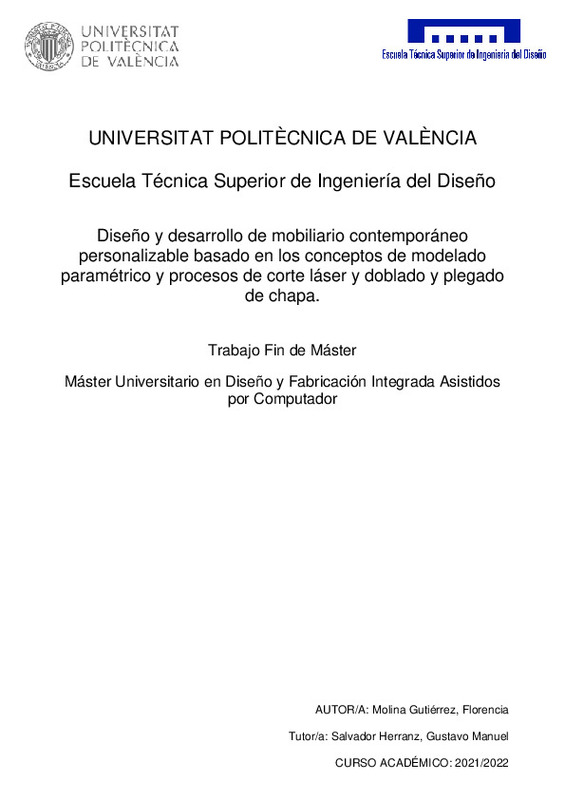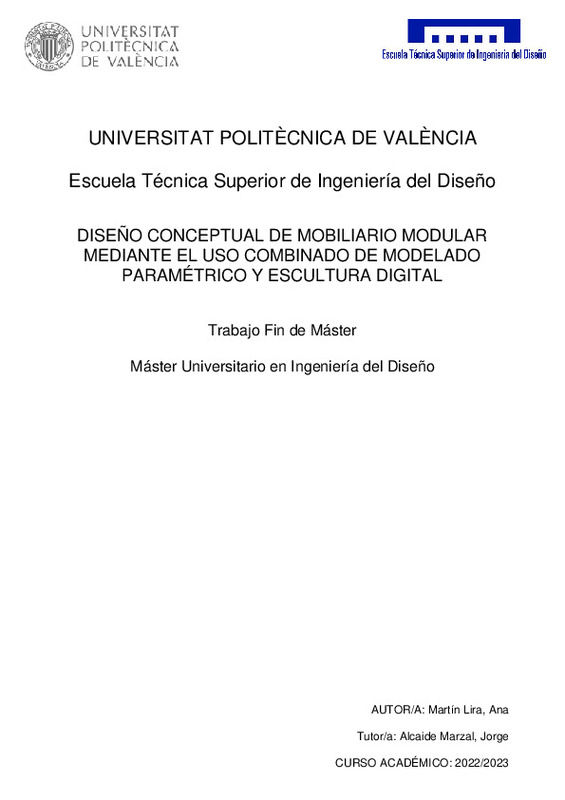Anderl, R., Mendgen, R.: Parametric design and its impact on solid modeling applications. In: Third ACM Symposium on Solid Modelling and Applications, pp. 1–12. ACM, New York (1995)
Vila, C., Contero, M., Company, P.: Extended modeling, a tool for cooperative design. In: 6th International Conference on Concurrent Enterprising, Tolouse France (2000)
Anderl, R., Mendgen, R.: Analyzing and optimizing constraint-structures in complex parametric CAD models. In: Bruderlin, B., Roller, D. (eds.) Geometric Constraint Solving and Applications, pp. 58–81. Springer, Berlin (1998)
[+]
Anderl, R., Mendgen, R.: Parametric design and its impact on solid modeling applications. In: Third ACM Symposium on Solid Modelling and Applications, pp. 1–12. ACM, New York (1995)
Vila, C., Contero, M., Company, P.: Extended modeling, a tool for cooperative design. In: 6th International Conference on Concurrent Enterprising, Tolouse France (2000)
Anderl, R., Mendgen, R.: Analyzing and optimizing constraint-structures in complex parametric CAD models. In: Bruderlin, B., Roller, D. (eds.) Geometric Constraint Solving and Applications, pp. 58–81. Springer, Berlin (1998)
Hartman, N.W.: The development of expertise in the use of constraint-based CAD tools. Eng. Design Graph. J. 68, 14–26 (2004)
Rynne, A.: AC 2007-2132: Cognitive modelling strategies for optimum design intent in parametric modelling (PM). American Society for Engineering Education (2007)
Guerra-Zubiaga, D.A.: A Model to enable Knowledge Maintenance: Supporting Manufacturing Decisions. VDM Verlag, Germany (2009); ISBN 978-3639209983
Hartman, N.W.: Defining expertise in the use of constraint-based CAD tools by examining practicing professionals. Eng. Design Graph. J. 68, 6–15 (2005)
Bhavnani, S.K., Garrett, J.H.J., Shaw, D.S.: Leading indicators of CAD experience: Paper presented at the Proceedings of Computer-Aided Architectural Design Futures CAAD Futures 1993, pp. 313–334 (1993)
Johnson, M.D., Diwakaran, R.P.: Assessing the effect of incentive on computer-aided design intent. In: The ASME 2009 International Design Engineering Technical Conferences & Computers and Information in Engineering Conference, San Diego, California, pp. 523–532 (2009)
Polkinghorne, D.E.: Phenomenological research methods. In: Valle, R.S., Halling, S. (eds.) Existential-Phenomenological Perspectives in Psychology, pp. 41–60. Plenum, New York (1989)
Meyer, M.A., Booker, J.M.: Eliciting and analyzing expert judgment: A practical guide. Academic Press, San Diego (1991)
Reddy, J.M., Finger, S., Konda, S., Subrahmanian, E.: Design as Building and Reusing Artifact Theories: Understanding and Supporting Growth of Design Knowledge. In: The Design Productivity Debate. Springer, Heidelberg (1998)
Bucciarelli, L.L.: Designing engineers. MIT Press, Cambridge (1994)
May, P., Ehrlich, H.C., Steinke, T.: Mapping Sociotechnical Networks in the Making. In: Bowker, G., Star, S.L., Turner, W., Gasser, L. (eds.) Beyond the Great Divide,Technical Systems and Co-operative Work, Lawrence Erlbaum, Mahwah (1997)
Bhavnani, S.K., Garrett, J.H.: Leading Indicators of CAD Experience. In: Flemming, U., Van Wyk, S. (eds.) CAAD Futures 1993, pp. 313–334. Elsevier Science Publishers, Netherlands (1993)
[-]







![[Cerrado]](/themes/UPV/images/candado.png)




